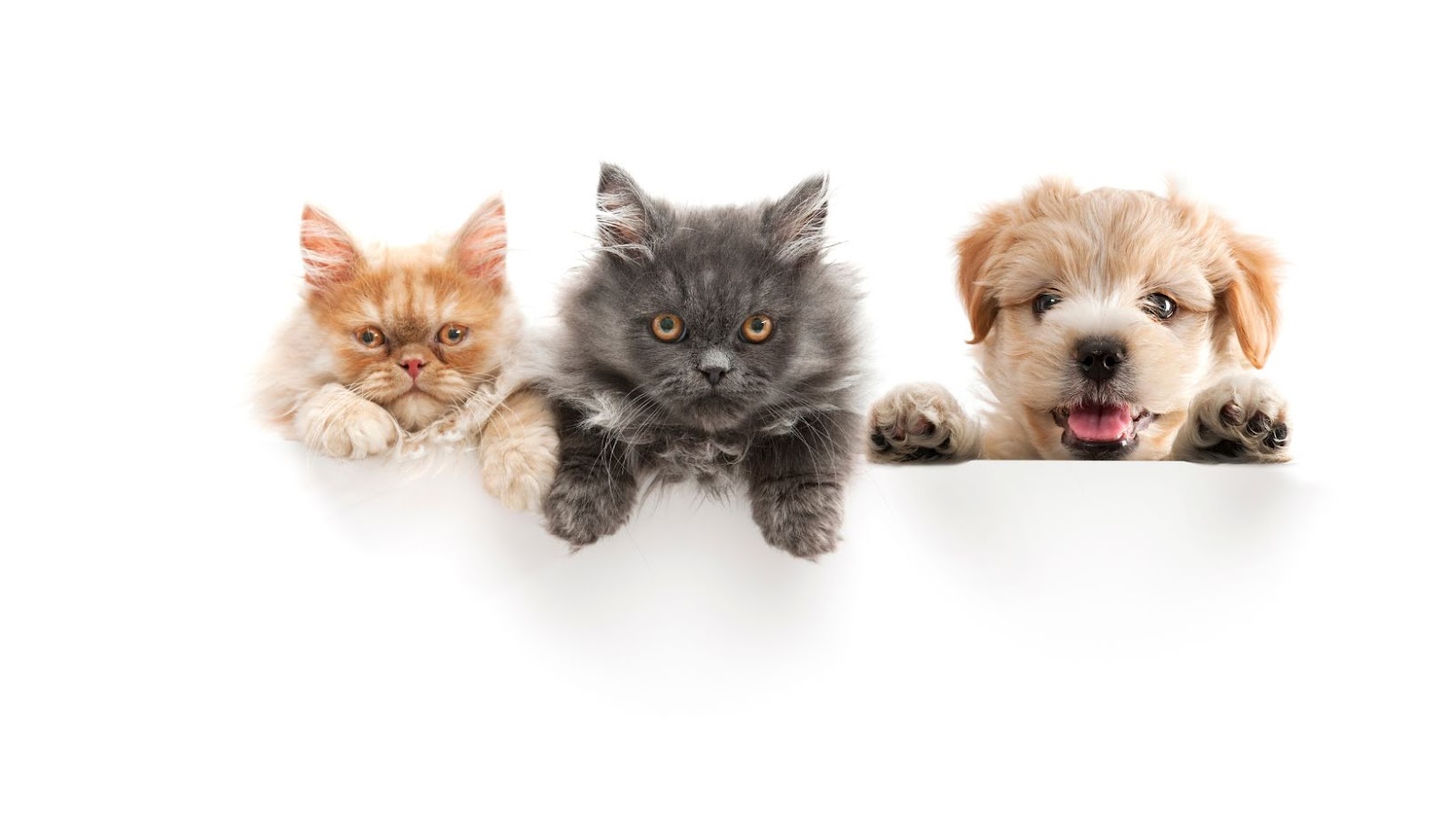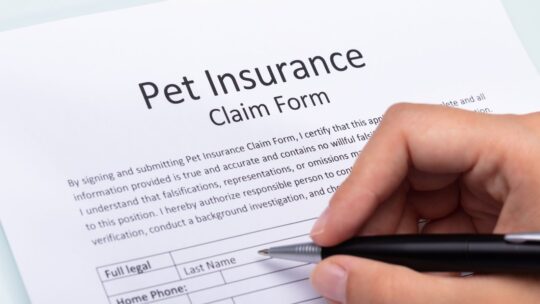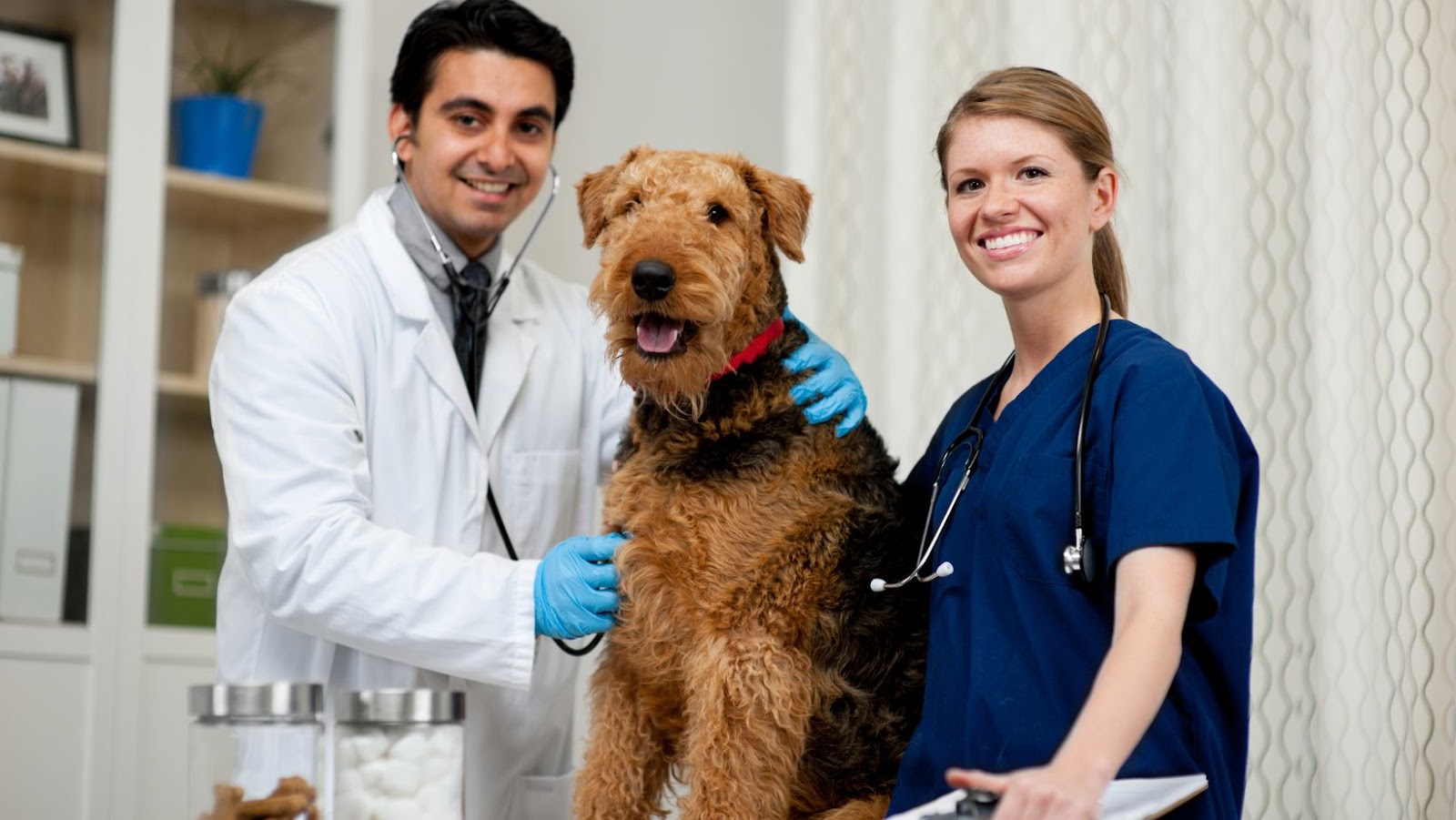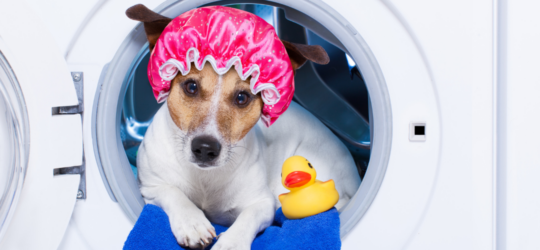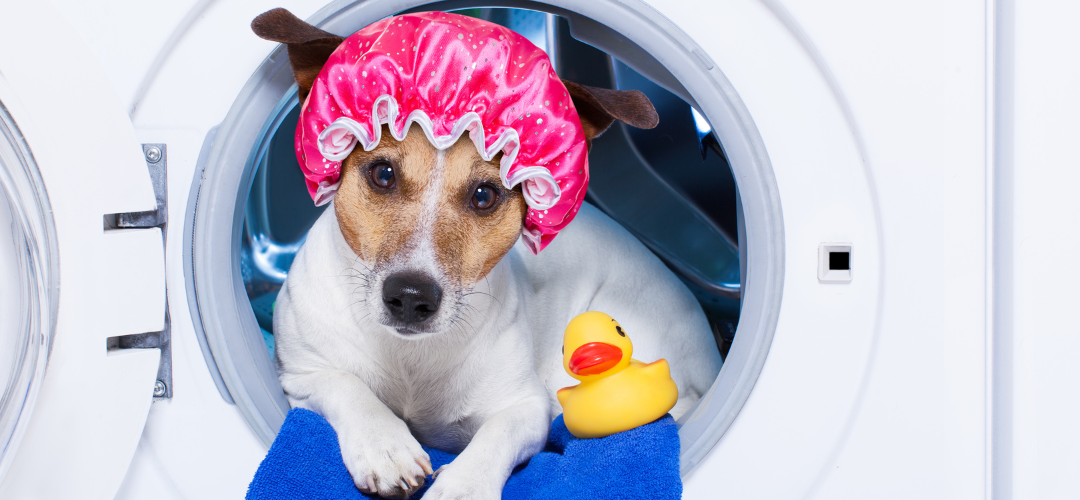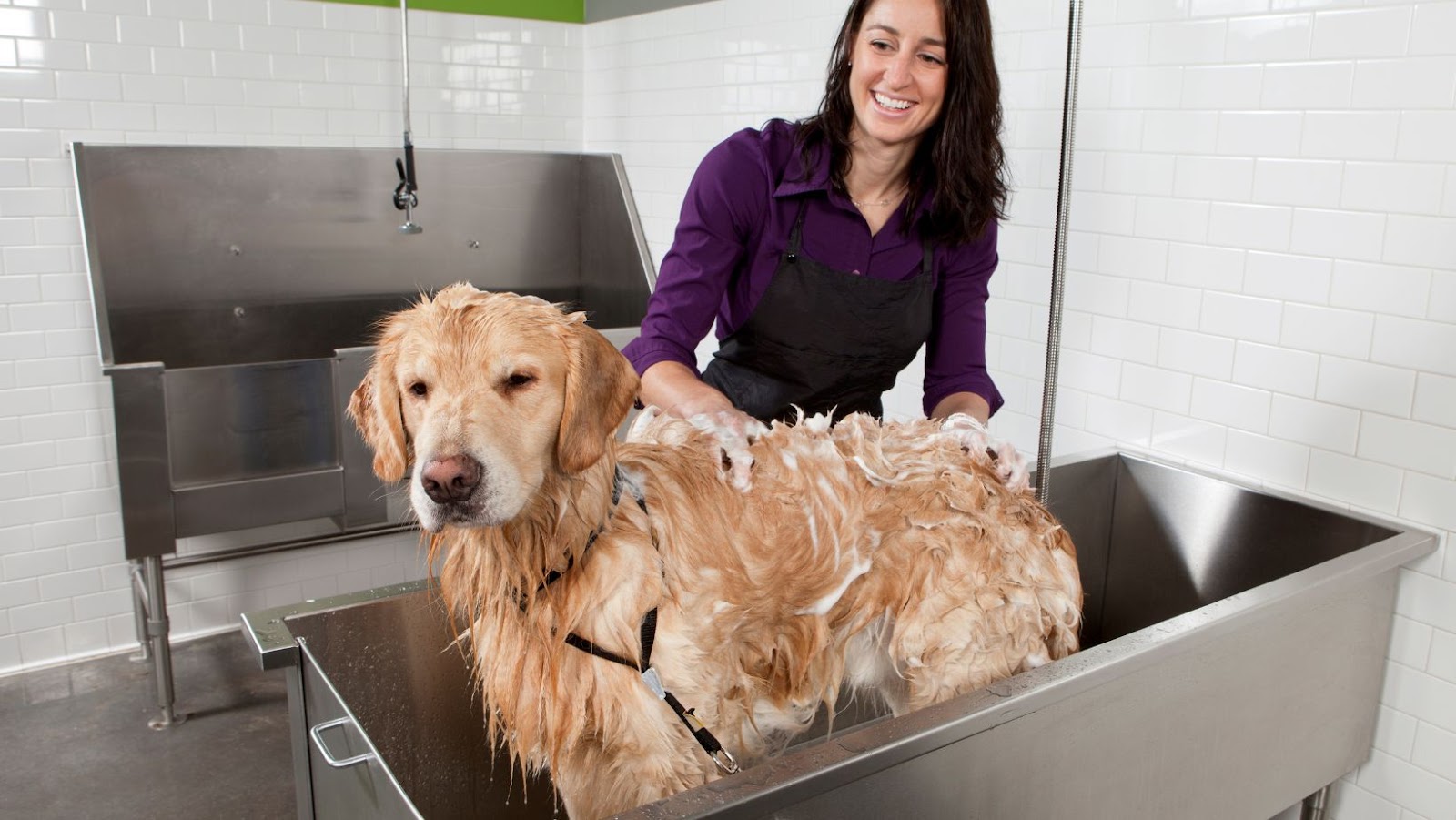
The term “dog days” refers to the hottest days of the year, an event that typically happens between July and August. It’s called such because, in antiquity, this often occurred right around the rising of the star system Sirius, which is colloquially referred to as the Dog Star. While “dog days” don’t exactly do any favors to canine companions, it’s still possible for pets to spend a few minutes safely outdoors during these oppressively hot days, with precautions in place for their daily walks and for doing their business outside.
It can be a very different story when it’s “raining cats and dogs” or during “three dog nights.” There are canines that aren’t afraid of the water or averse to extremely cold temperatures. That said, there are certainly those that hate stepping outside during these extreme weather events. Maybe you’re also reluctant to let them out because that requires a massive cleanup afterward.
Wondering where to find a vet near you? Check out Brewerton Animal Hospital for your pet’s needs.
What’s a dog owner to do when it’s wet and cold outside, and your canine companion absolutely refuses to leave the warm comfort of your home, even for just a few minutes? The good news is that you can still do the following to meet your dog’s exercise needs and other necessities while both of you are stuck indoors because of the weather:
Prepare a Place Where Your Dog Can Exercise Indoors
If Fido refuses to step out in the cold to play and walk, how about setting up a dedicated space for playing with your dog inside your home? If you have dog toys that are sure to attract your pet’s attention, now would be the time to put them to work in this makeshift indoor playground. Prepare to use your dog’s favorite toys for playing fetch or tug of war.
Aside from toys, you can also set up training equipment in this space, including items such as martingale collars or leashes and dog harnesses. A dog tunnel around your sofa or bed, for example, can give your dog the illusion that there’s plenty of space to run around indoors. Teaching and tasking your dog to clear a series of hurdles can also make your indoor space seem more engaging.
You may not be able to leave your home for a walk, but your dog can still look forward to having fun when they see you setting up your indoor dog playground.
Plan Short Games to Keep Your Dog Engaged and Entertained
Aside from preparing an activity area, you can also plan a few short games to play together to keep your pup happy. These experiences can be immensely fun when you and your dog are both cooped up at home.
You can play hide and seek, for example, and have your dog look for you in another room in your home. Another option is to spread treats around your home and have your dog look for them.
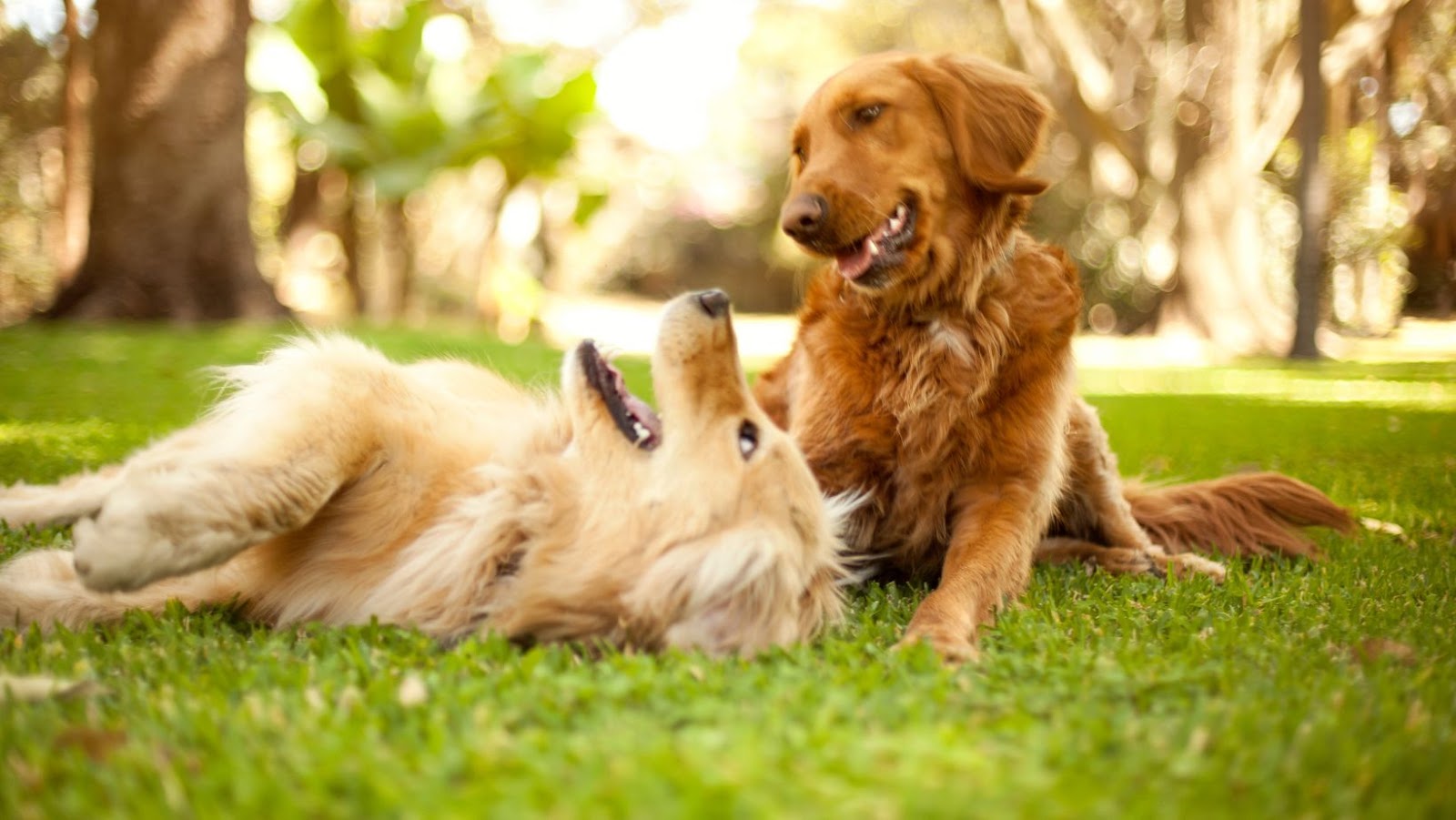
There’s also what some pet owners dub the shell game, where you need a treat and three identical cups. Hide the treat under a cup, rearrange the cups, and ask your dog to pick the one with the treat. Reward them with it if they make the right choice.
Review Tricks or Teach Your Dog New Ones
Another great way to help your pet stay engaged while indoors is reviewing tricks and teaching them new ones. Use the opportunity to review the lessons that your dog already knows, like coming when called, staying, or sitting in place. You can also teach them how to pick up their toys after you’re done playing.
These lessons might not seem physically challenging for your pet, but accomplishing new things and receiving compliments after completing a task can help your dog feel confident and happy.
Set Up a Space Where Your Pet Can Relieve Themselves
It can be a challenge to get your pet to respond to the call of nature when it’s cold and wet outside. After all, many dogs don’t like getting their paws wet or getting their fur drenched by rain.
Some people recommend getting your canine companion to tolerate rainy potty breaks before this happens. But if you’re already in the thick of it and your dog simply refuses to potty outside, you can make a few adjustments until your pet is ready to start tolerance training.
If you have a covered outdoor area, for instance, you can make that space look a little bit like your dog’s favorite pee or poop spot. Use artificial turf on top of a pee pad if your dog likes to pee on the grass, or add gravel to it if your dog prefers to pee on the ground. Don’t forget to use positive reinforcement when your pup gets the job done.
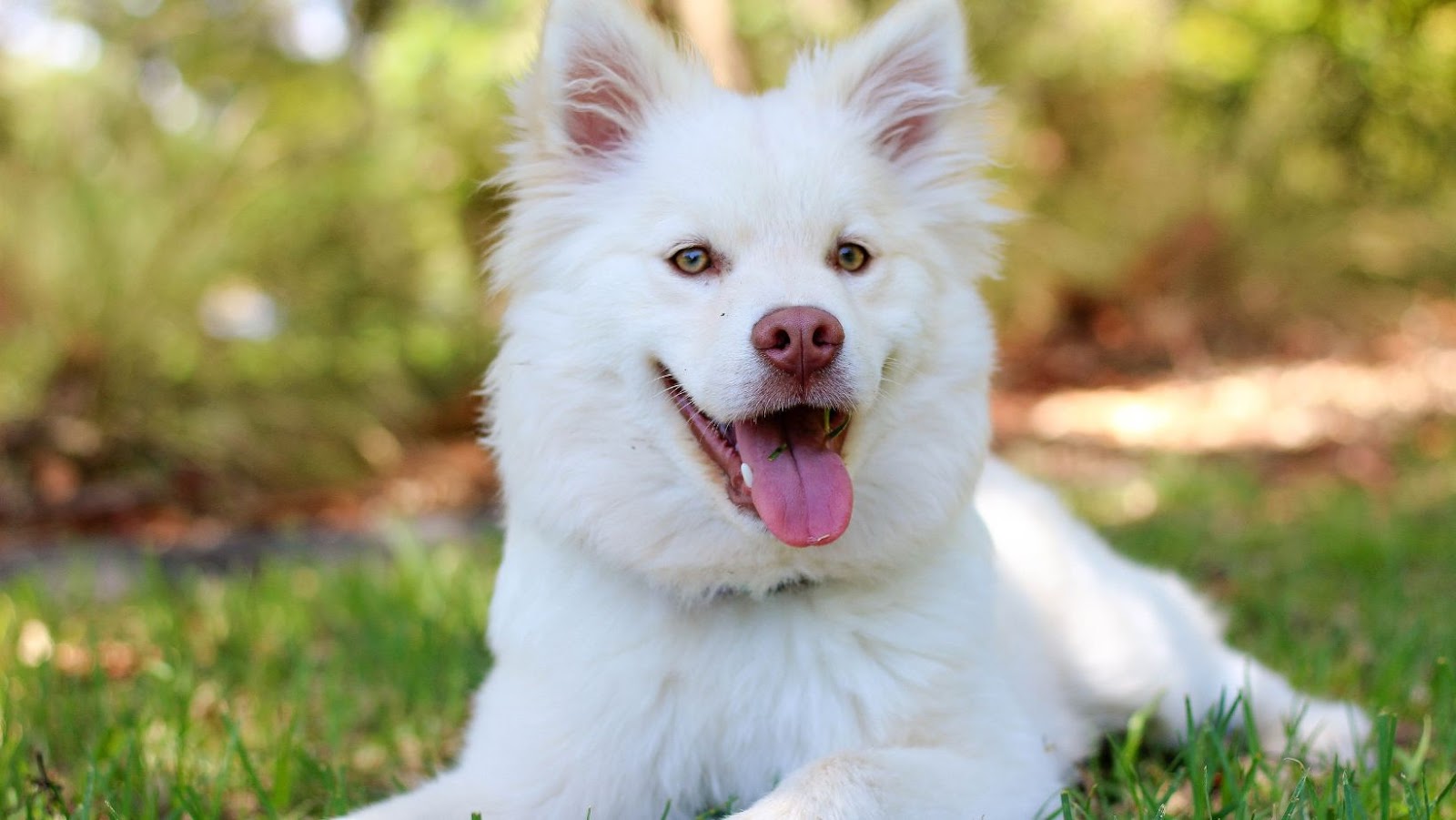
If your pet is unable to go outside because of inclement weather, then all the exercise that they’ll get for the day are your play and training sessions. Keep this in mind when scheduling your day and planning activities that will physically and intellectually challenge your canine companion. With enough preparation and the right mindset, you and your dog won’t have to suffer through utter boredom or deal with excess or destructive energy while waiting for better days and weather.


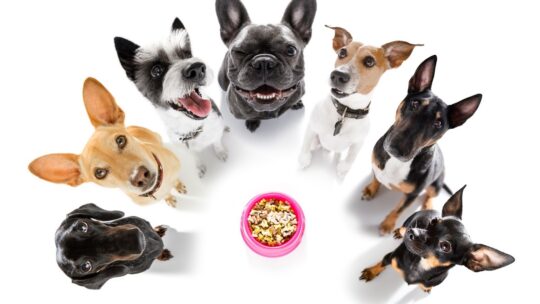

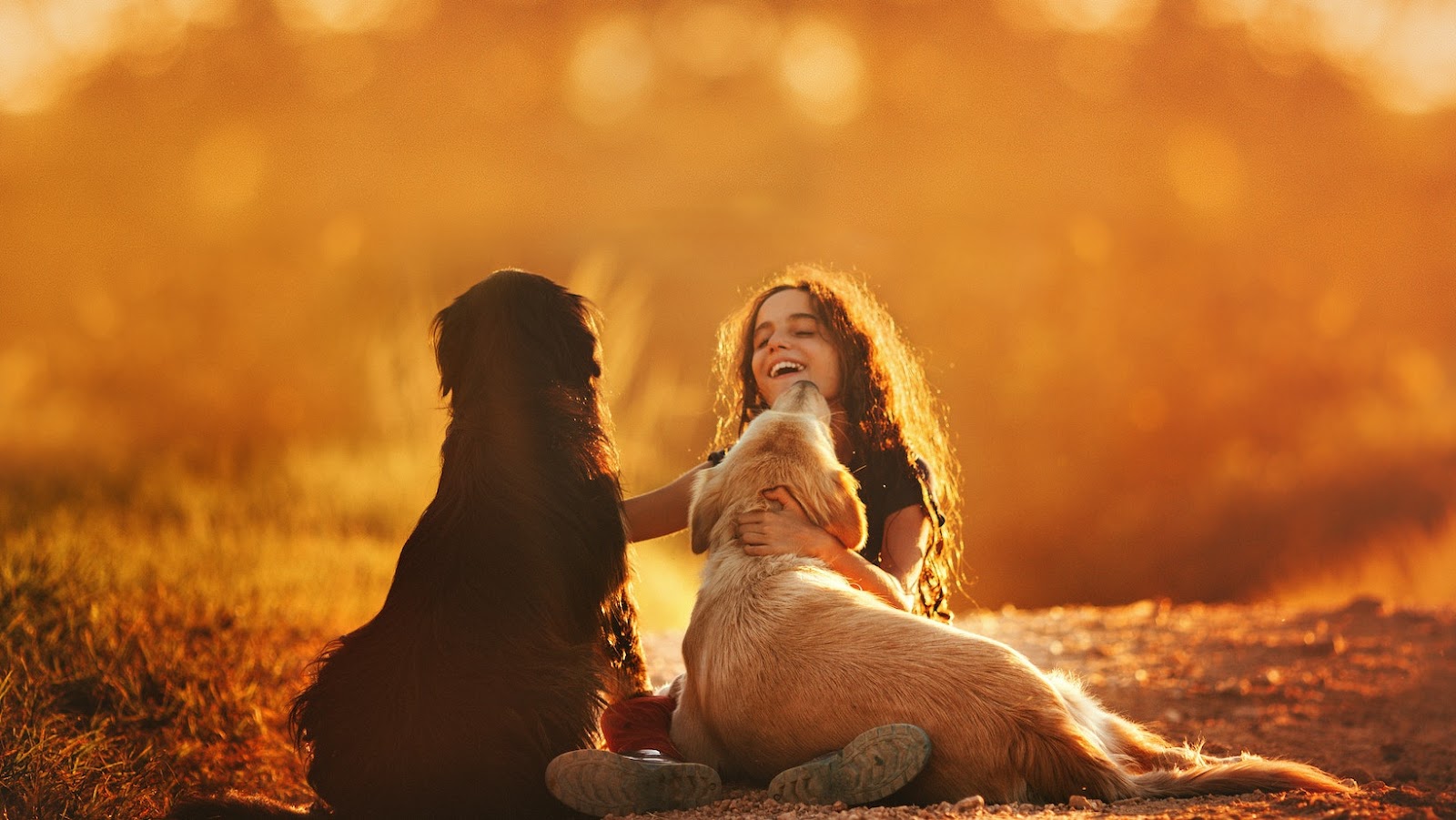

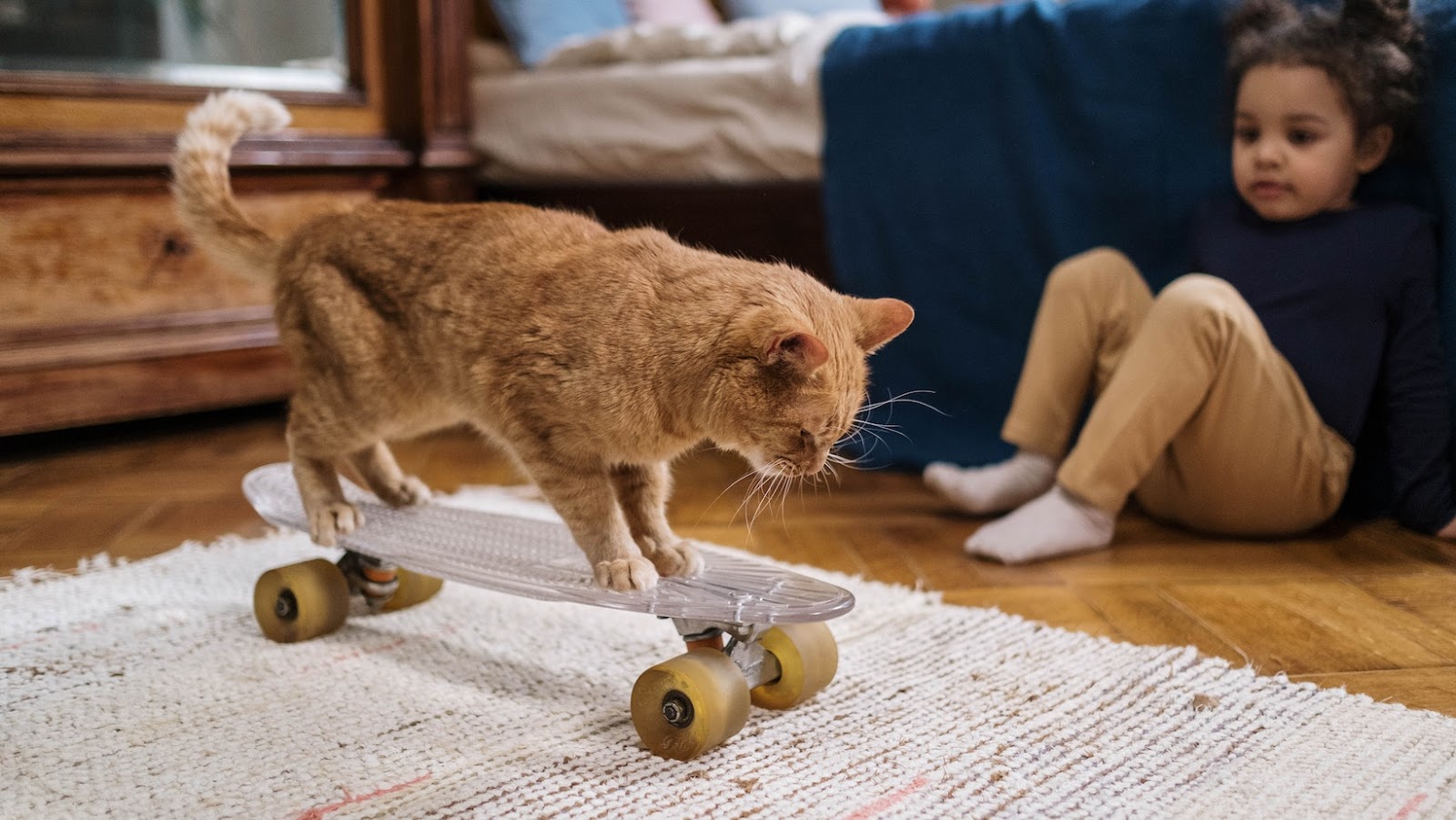
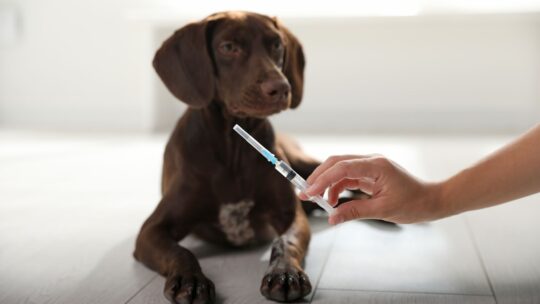
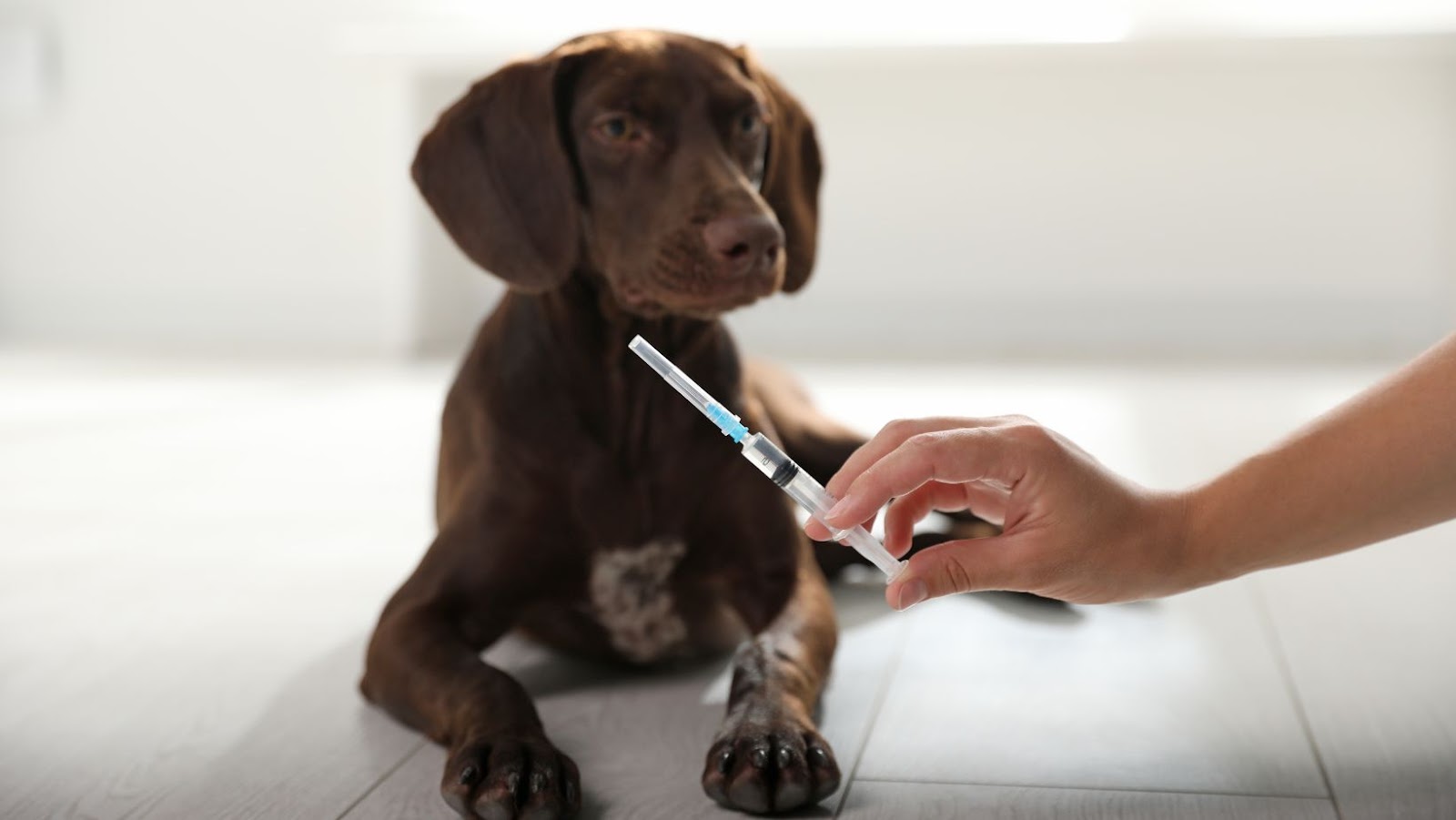



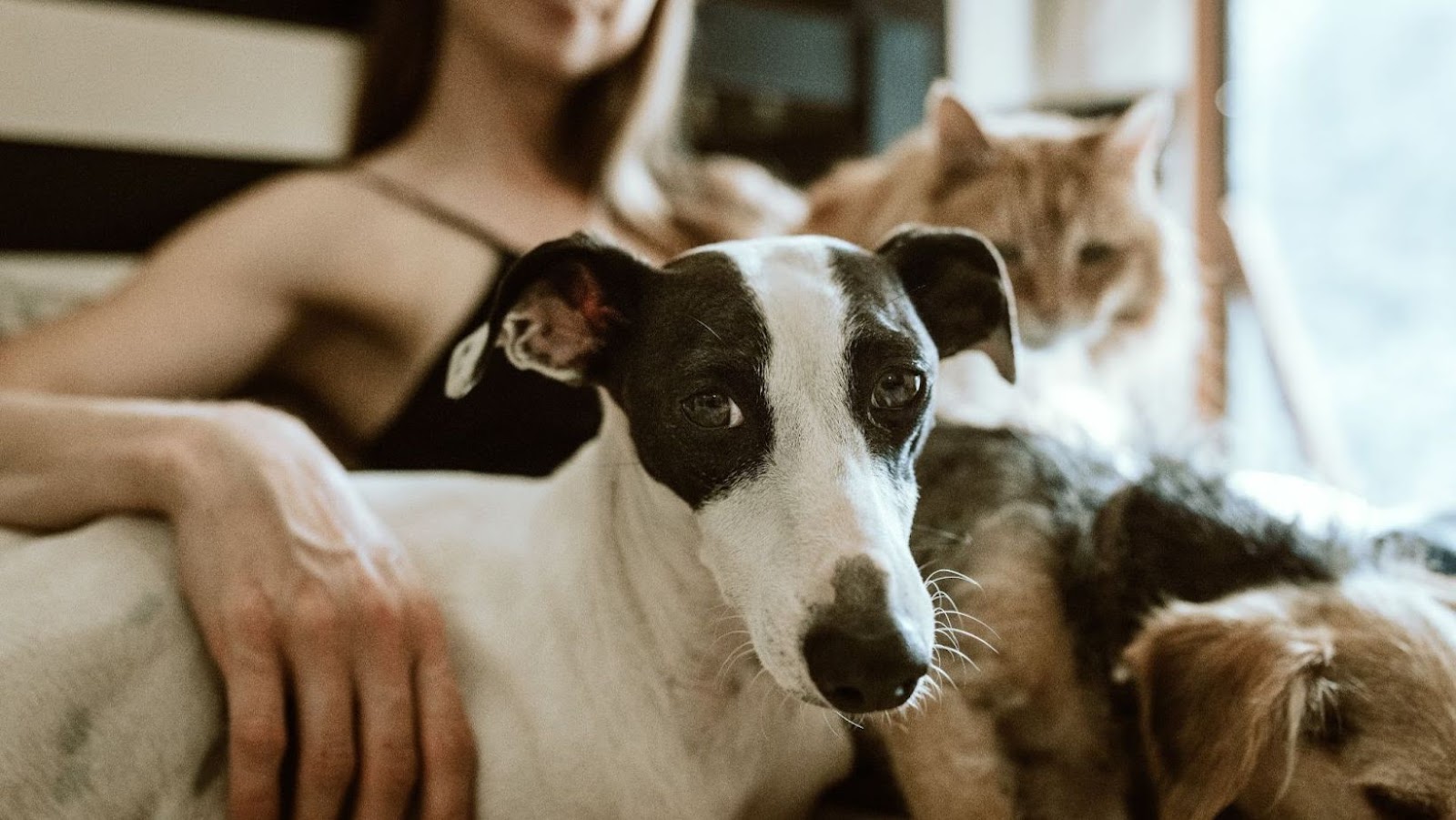

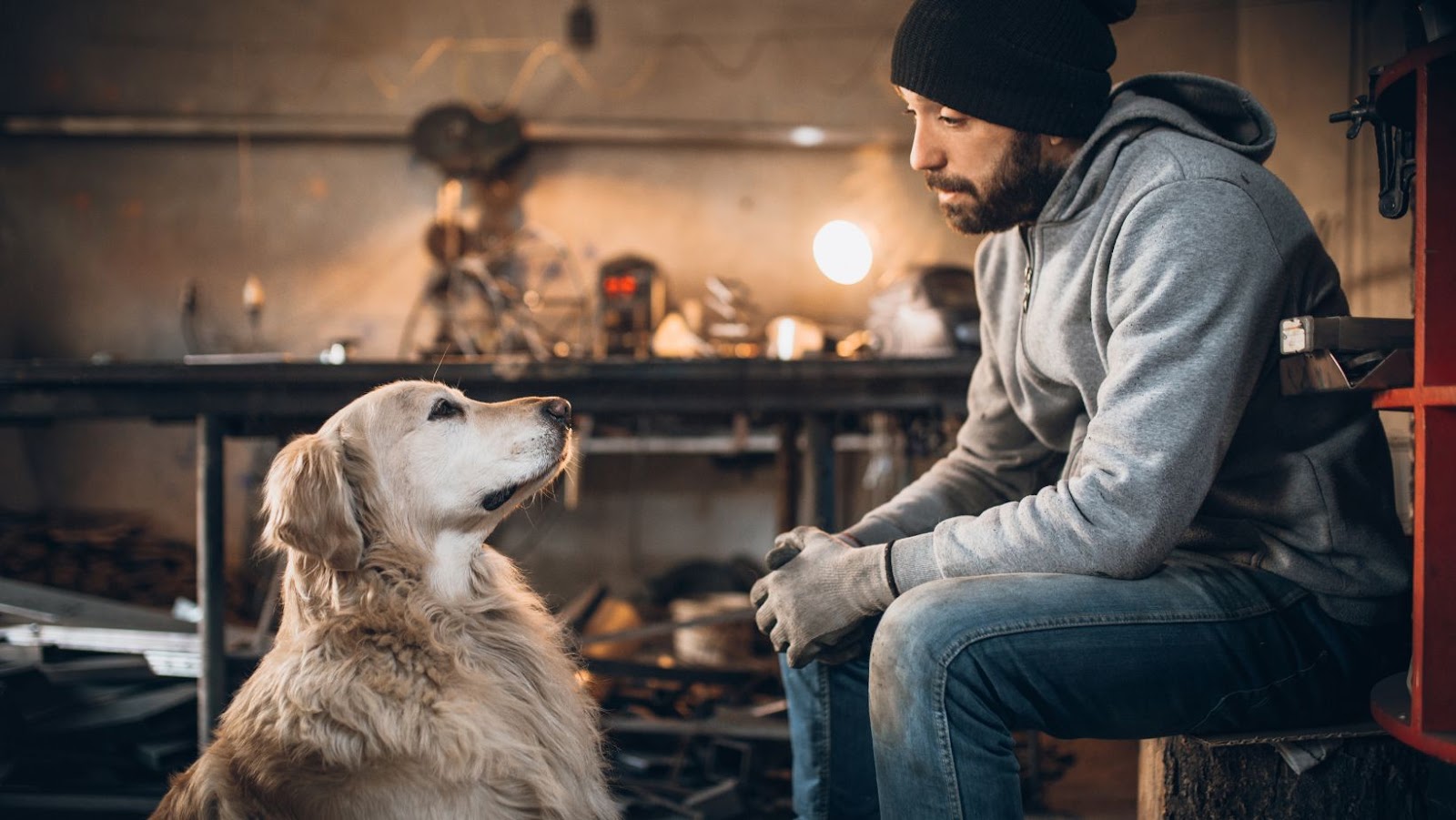

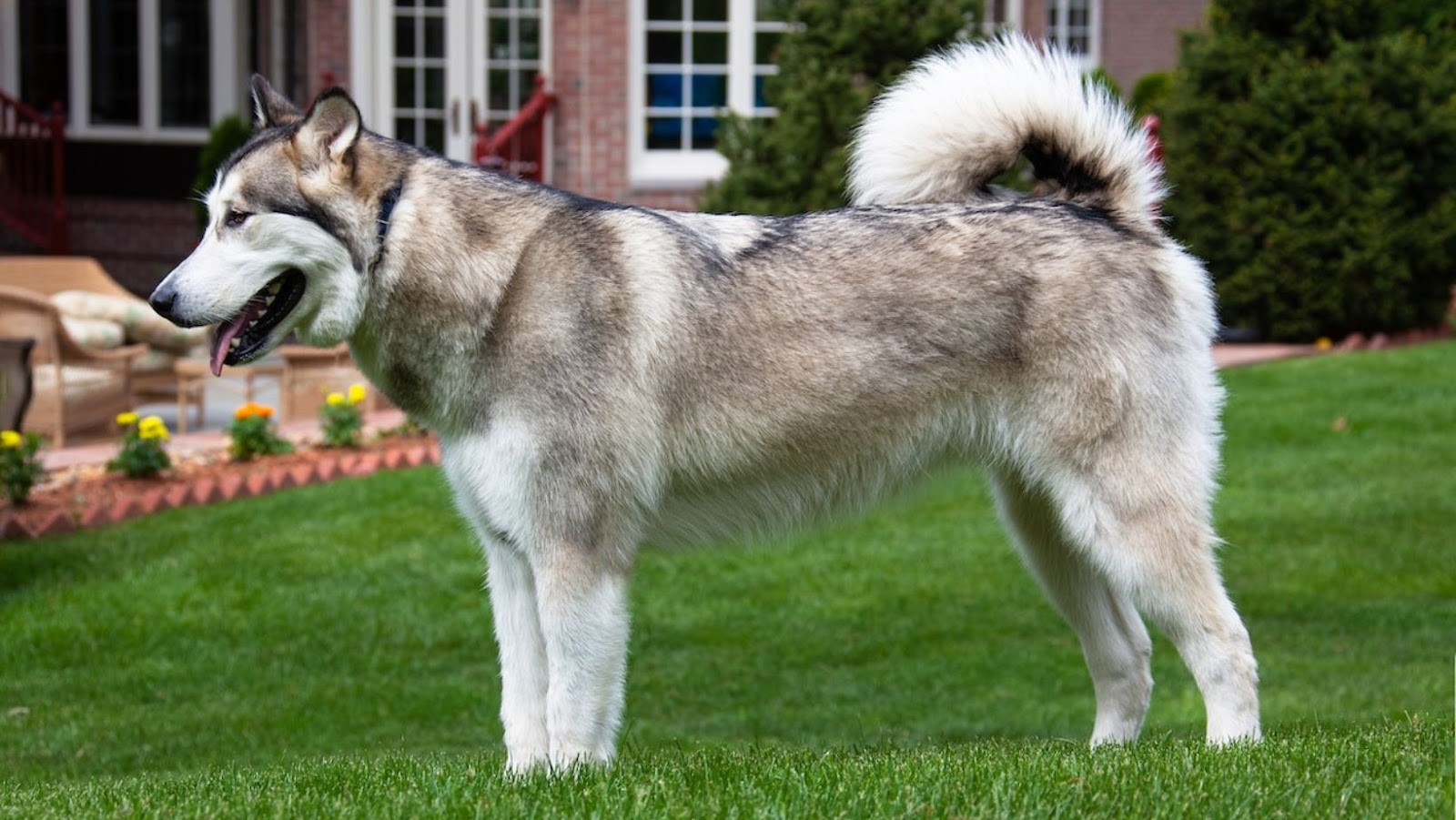
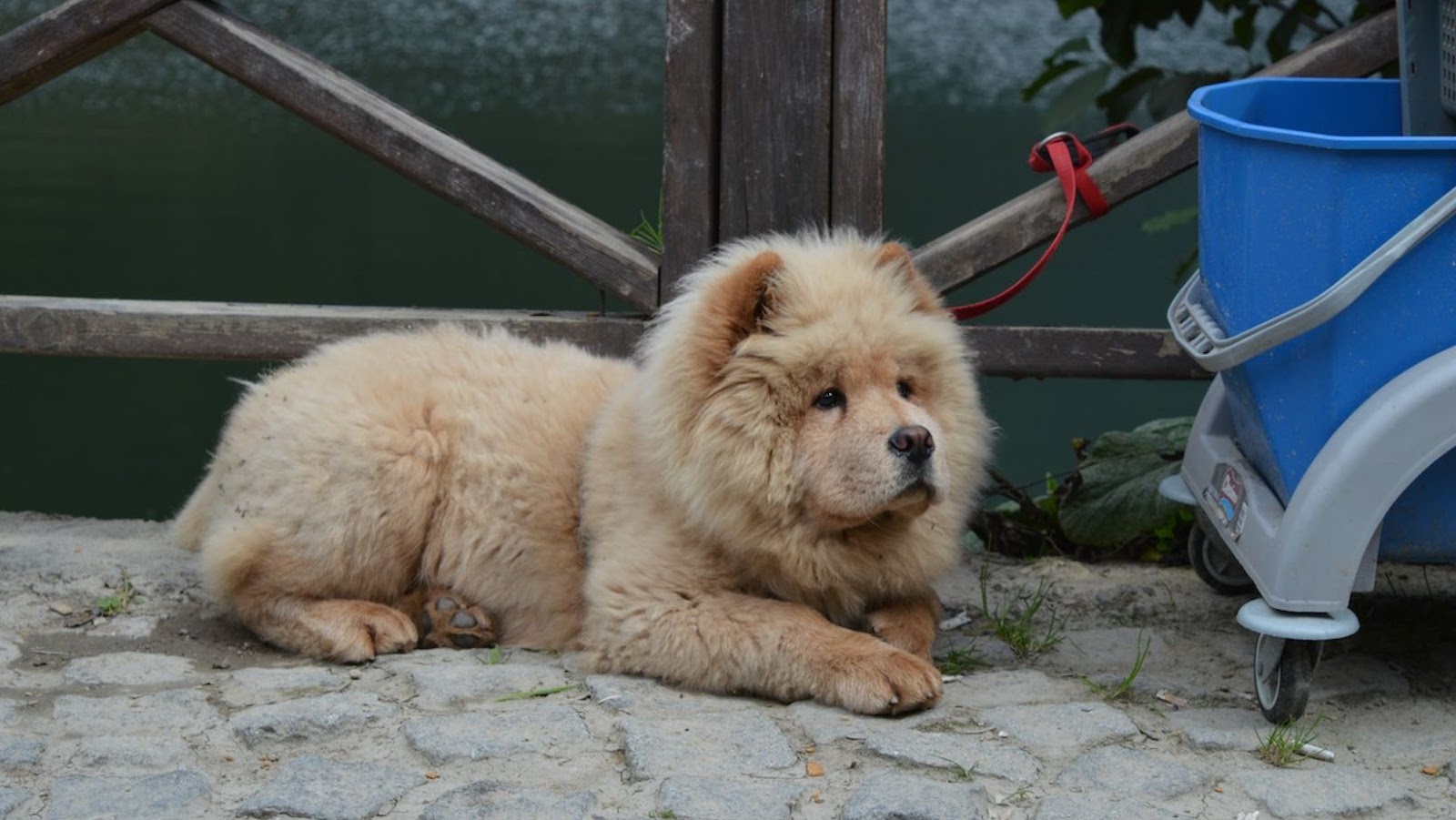



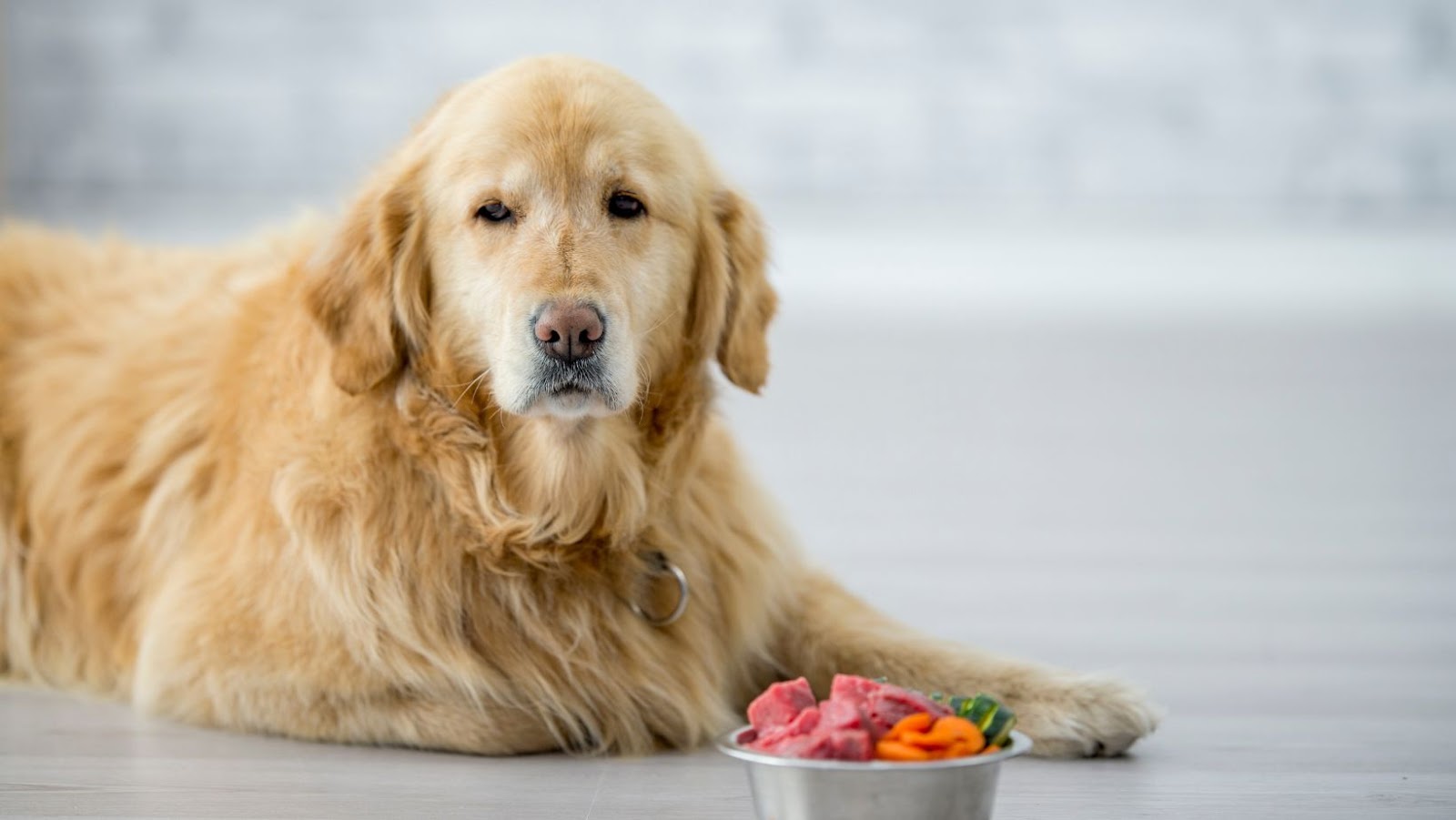
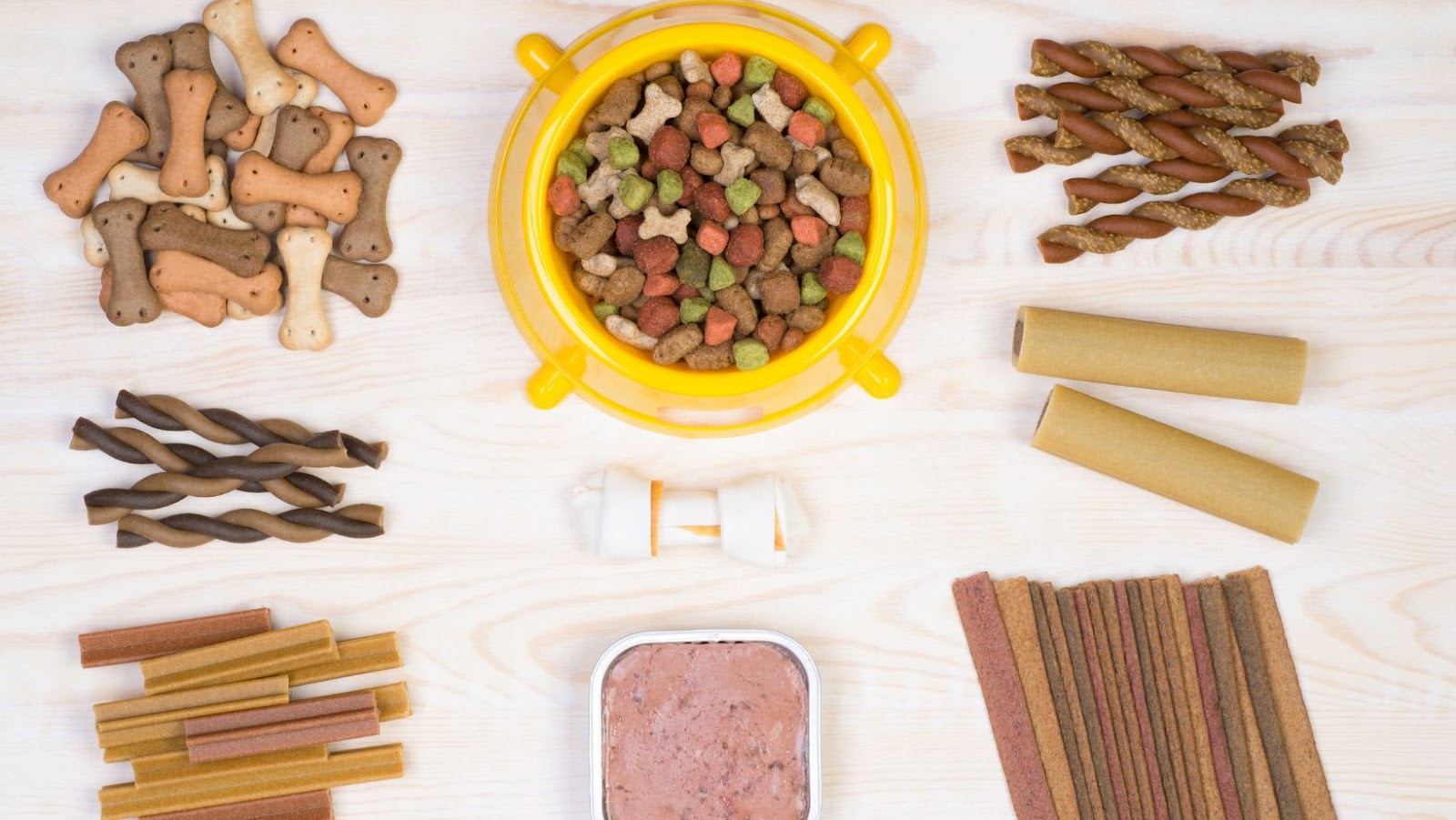
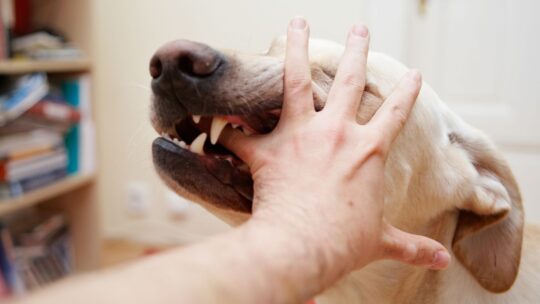
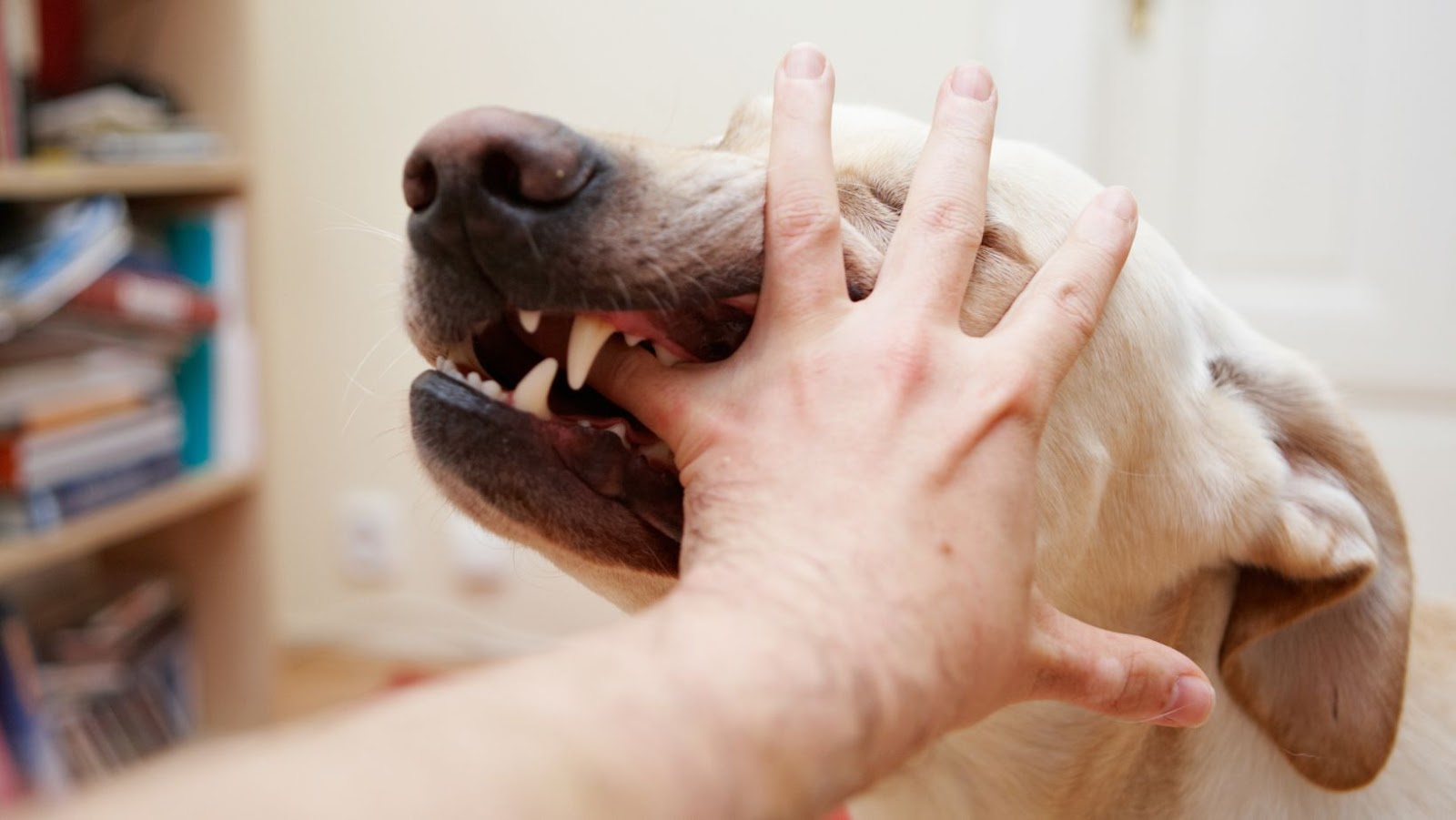
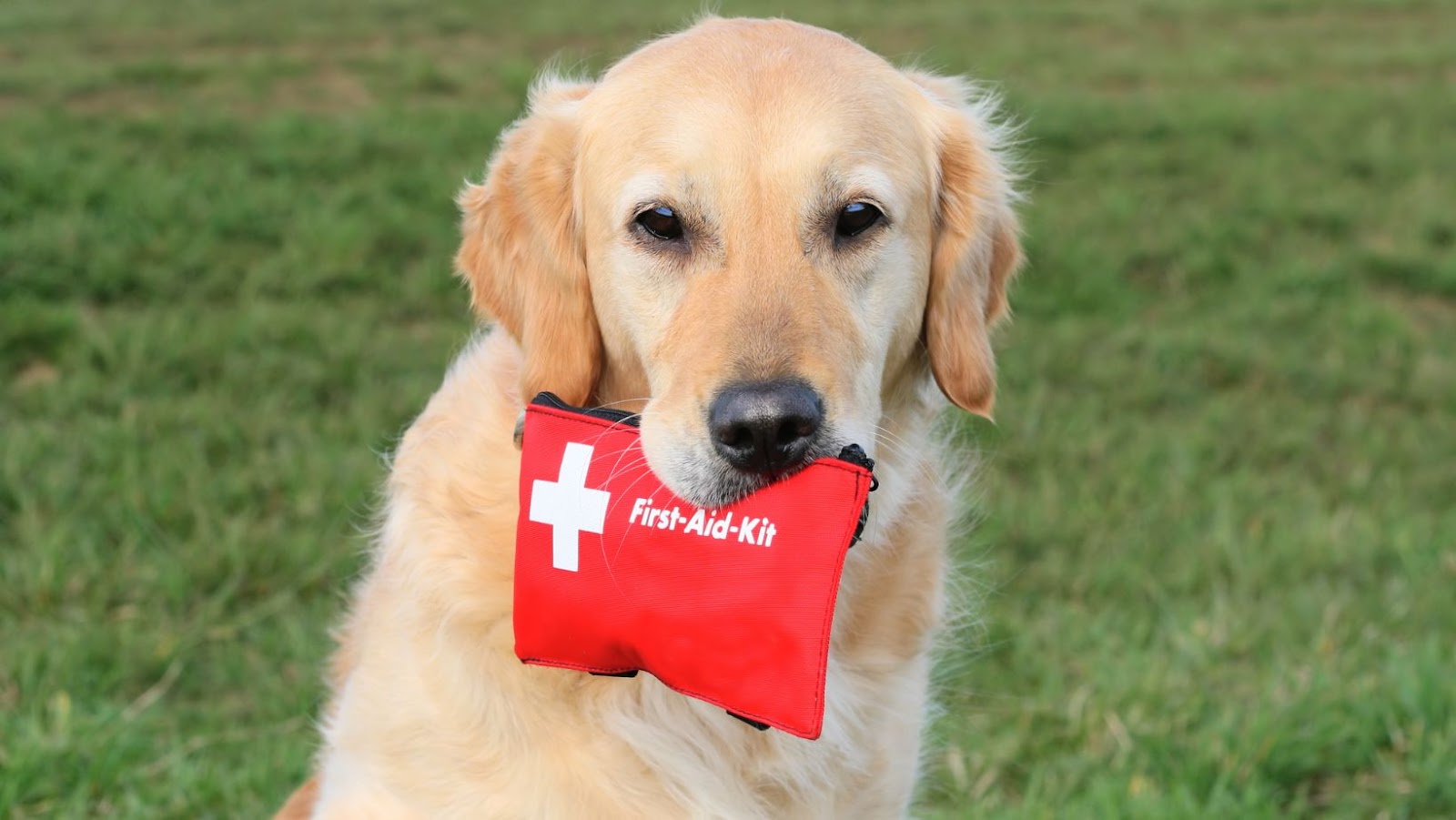
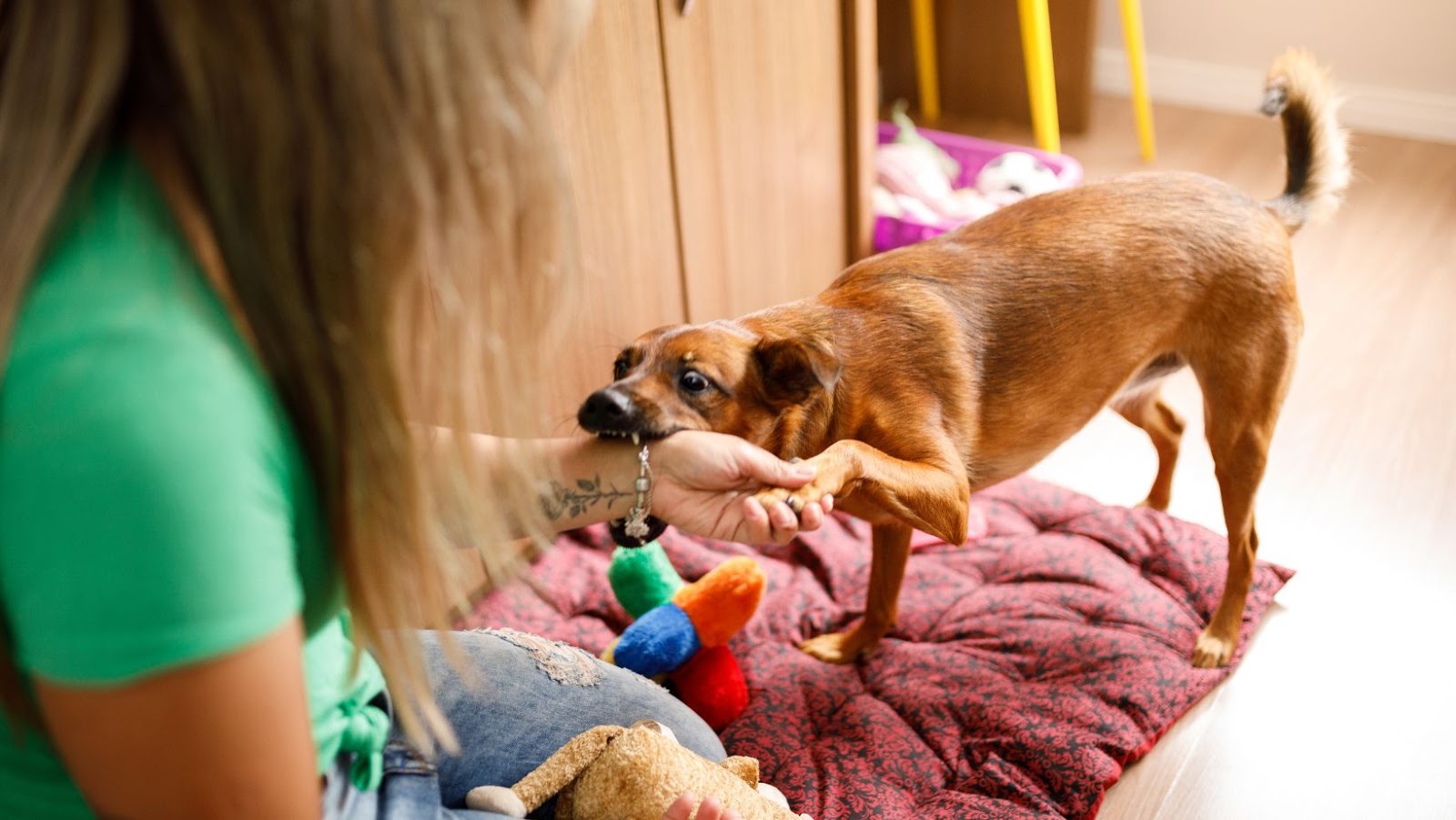
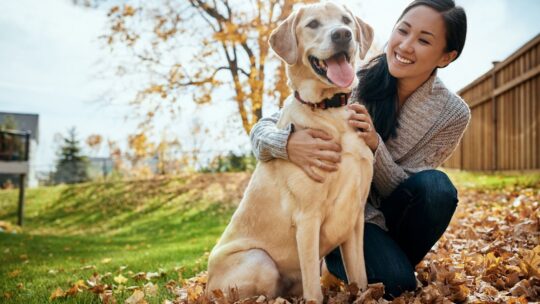
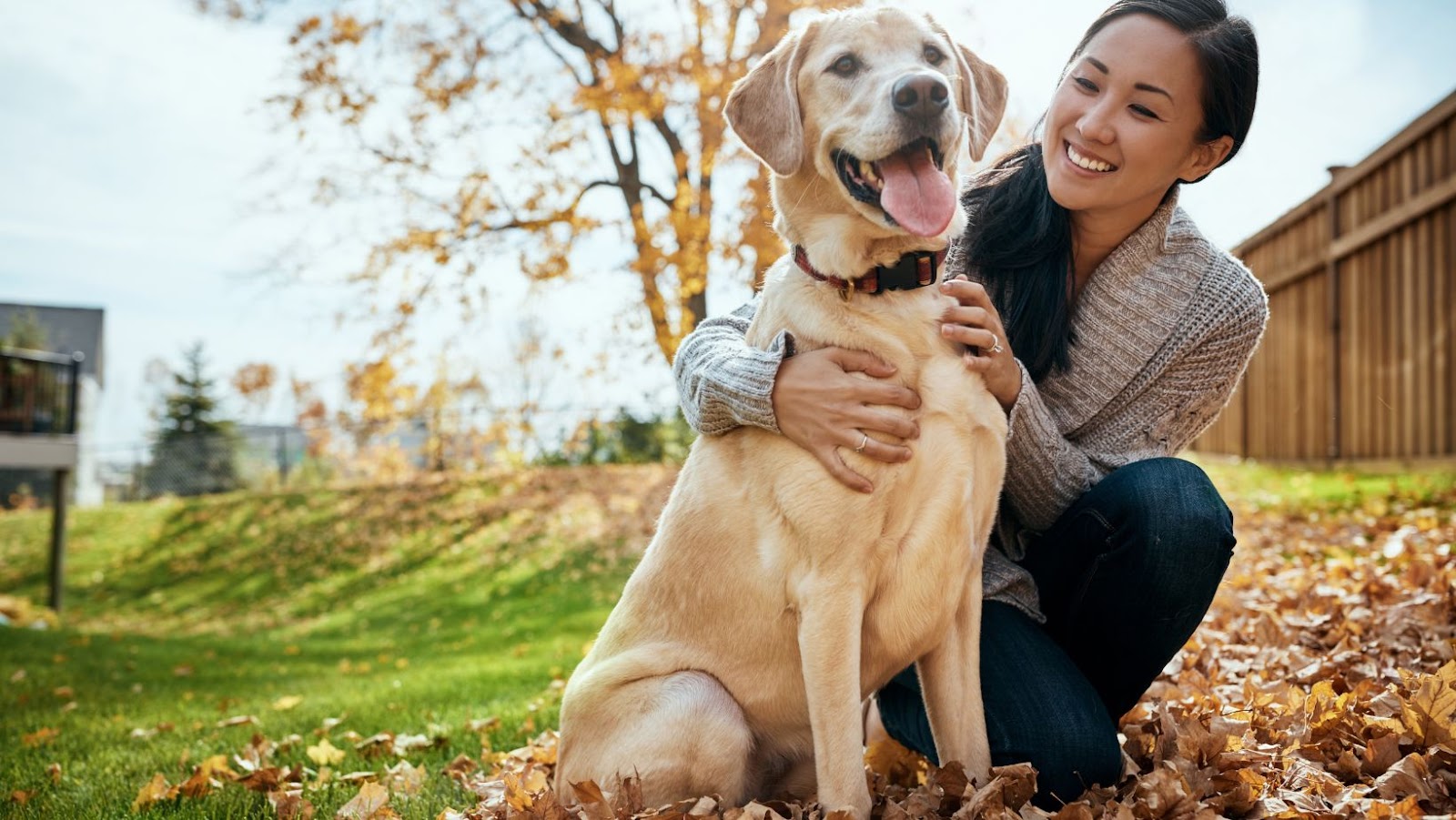 If you’ve ever shopped for a pet, you probably know it can be an intense experience. There are so many different products and services that it can be hard to know where to start.
If you’ve ever shopped for a pet, you probably know it can be an intense experience. There are so many different products and services that it can be hard to know where to start.
